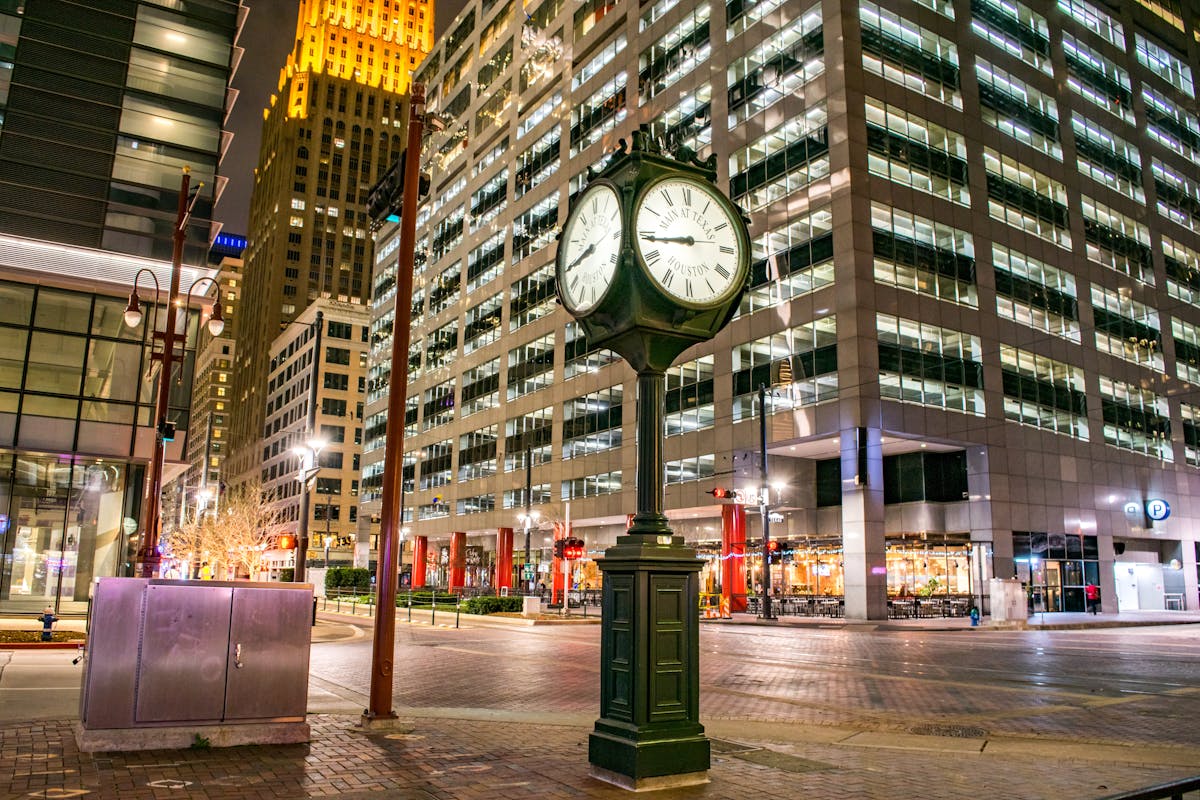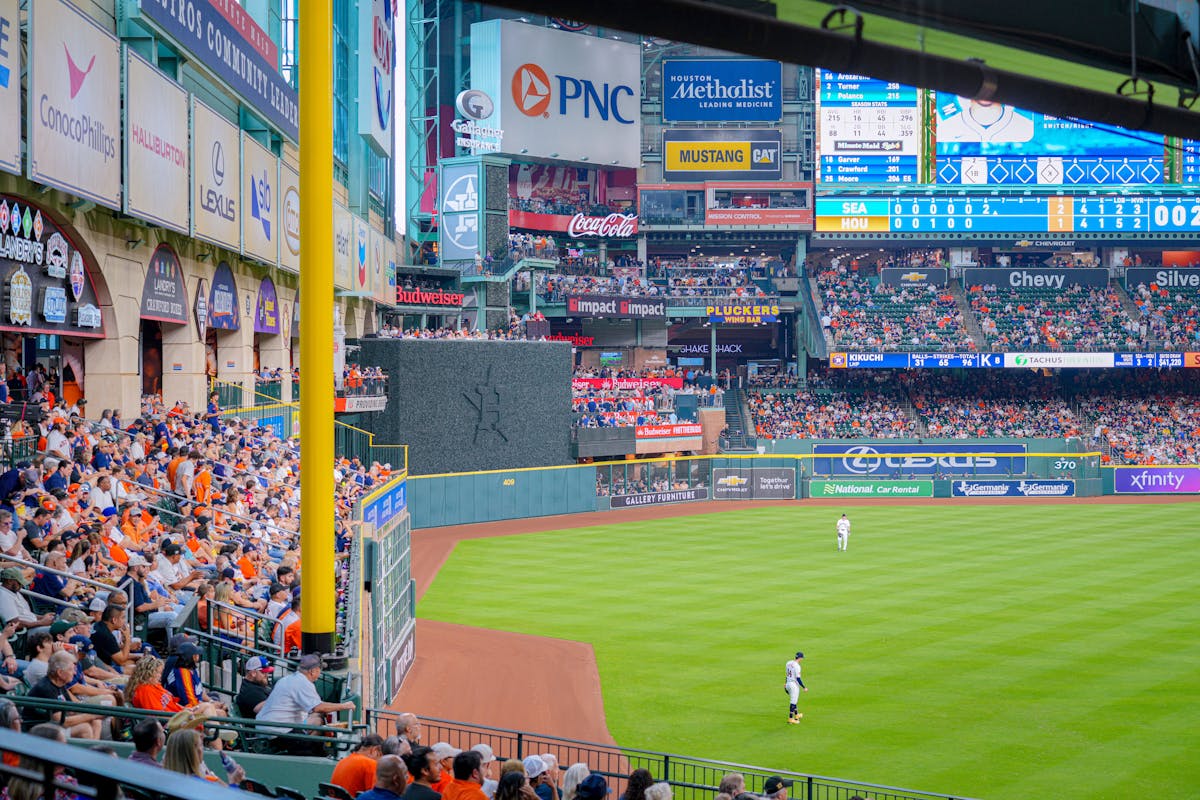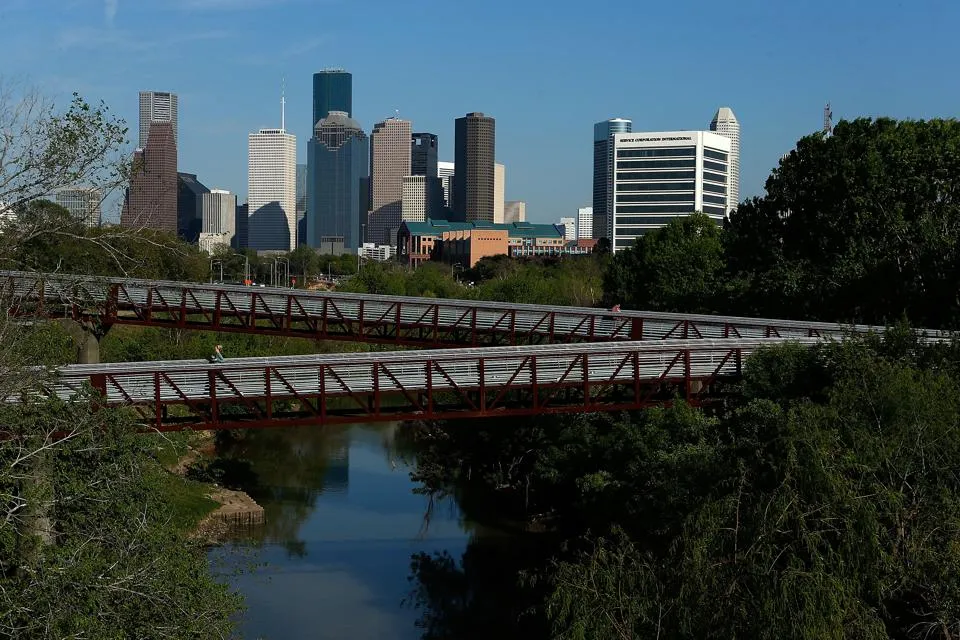Having spent a month living in each of Texas’s four major metropolises—Austin, Dallas, Houston, and San Antonio—I was constantly asked by residents: “Whats the best city in Texas?” It’s a question that sparks friendly rivalries across the Lone Star State, as each city boasts impressive economic dynamism, vibrant cultures, and unique identities. For an outsider, especially one focused on how cities function and feel, answering whats the best city in texas isn’t just about economic data, but about quality of life, character, and whether you could truly feel at home. Let’s break down what makes each city stand out, viewed through the lens of urban planning, culture, history, and experience.
San Antonio: The Historical Heart of Texas
Often considered the “safe” or most universally liked option among Texans, San Antonio holds a special place due to its deep historical roots. As the oldest of the four major cities, it was central to key events in Texas’s fight for independence. This history is palpable in its architecture and public spaces, blending Spanish, German, Mexican, and Southwestern influences. The iconic River Walk, historic missions (a UNESCO World Heritage site), and a generally slower pace lend San Antonio an old-world charm that sets it apart.

Compared to its counterparts, San Antonio typically has less traffic and a more pronounced family orientation. Its population has been historically stable, projecting a less hurried, less glitzy image. Yet, this doesn’t mean it’s standing still. San Antonio is rapidly catching up in economic metrics like job and wage growth. Evidence of this evolution is seen in new downtown developments and master-planned communities, alongside a growing professional-class population, partly fueled by international migration. San Antonio manages a remarkable balance, retaining a friendly, small-town feel—it was once named “America’s Friendliest City”—while offering undeniable big-city opportunities and a rich cultural tapestry reflecting its diverse heritage.
Austin: The Vibrant Capital with Growing Pains
Austin’s reputation precedes it, often celebrated for its “Keep Austin Weird” ethos and, especially, its unparalleled nightlife. Downtown and surrounding neighborhoods pulse with energy on a Saturday night in a way that’s arguably unmatched in Texas, perhaps even in much of America. This vibrant atmosphere is a major draw, particularly for younger demographics and those seeking a dynamic cultural scene centered around music, arts, and creativity.

However, Austin’s rapid popularity has presented significant challenges, particularly in urban development and affordability. The city’s political landscape is often characterized by a tension between pro-growth advocates and progressive groups favoring slow growth and preservation. This dynamic has influenced housing policies, leading to regulations that can limit supply more severely than in other Texas cities. The result is higher housing costs, pushing out lower-income residents and contributing to a less diverse demographic compared to Houston or Dallas—often described as a “monoculture” of white, college-educated professionals. Furthermore, resistance to expanding highway capacity has burdened Austin with some of the worst traffic in the state.
Despite these growing pains, Austin benefits from its commitment to preserving natural spaces, with numerous reserves allowing quick access to beautiful Texan landscapes. While some argue its growth constraints prevent it from feeling like a truly large metropolis (it has the smallest core city and metro population of the four), many locals cherish its character, which feels less dominated by highways and sprawl than its peers. For some, this unique blend of culture, nature, and a slightly smaller scale answers whats the best city in texas for quality of life, despite the challenges.
Dallas: The Global Metropolis on the Rise
If Austin represents controlled, sometimes constrained growth, Dallas is its unapologetic opposite. The Dallas-Fort Worth metroplex is a sprawling giant, the largest in Texas and the fourth largest in the U.S., constantly expanding outwards. This growth model is highly utilitarian, focused on building vast infrastructure—one of the largest highway networks, rapid housing construction, and an extensive light rail system. This relentless drive to build big has fueled immense economic success, positioning Dallas as a leader in corporate relocations and job creation.
Discover the Best of What to Do in Downtown Denver – Your Ultimate Guide
Discover the Best Brunch in Denver – A Local’s Guide
Top 10 Places to Visit in Nevada with Family for an Epic Trip
This rapid, infrastructure-heavy expansion hasn’t always prioritized aesthetics. Areas can feel fragmented by strip malls, office parks, construction, and vast roadways. Yet, within this expansive landscape are pockets of charm and character, like the Bishop Arts District or Lower Greenville. While not everyone’s ideal urban environment, this growth strategy creates a distinct feel—that of an emerging global megacity.
Dallas is notably more diverse than Austin, with a more balanced representation of various ethnic groups and a significant immigrant population. Its wealth is evident in its large GDP, numerous corporations, high concentration of millionaires, and luxury consumption. The metroplex encompasses numerous large cities, each with its own business center, contributing to a sense of widespread influence. In its scale, diversity, and economic power, Dallas feels less like traditional Texas and more akin to coastal metropolises like Los Angeles or Miami (though without the coastline). For those seeking opportunity and the feel of a truly international hub, Dallas might be whats the best city in texas.
Houston: A Dynamic Hub with Unrestricted Potential
In my view, Houston successfully blends the most appealing aspects of the other three cities, making it a strong contender for whats the best city in texas. Its metro area rivals Dallas in size and shares its rapid growth, ethnic diversity, and global feel. Both cities stand out as America’s foremost boomtowns by population growth. However, Houston distinguishes itself by possessing numerous inner-city neighborhoods that feel genuinely urban, walkable, and distinct, offering a sense of place often missing in Dallas’s more spread-out pattern.
Beyond combining favorable traits, Houston has a unique advantage: it is the only major U.S. city without a comprehensive zoning code. While folk wisdom might suggest this leads to uncontrolled sprawl (like Dallas), it actually fosters a fundamentally market-driven development process. This lack of rigid zoning allows for a natural mix of densities, uses, and architectural styles anywhere in the city.
Contrary to the sprawl stereotype, Houston is experiencing significant densification, particularly in inner neighborhoods like Midtown, Montrose, and Rice Military. It leads the nation in multi-family housing construction, rapidly adding density via mid-rise buildings. Consequently, Houston boasts the highest Walk Score among Texas’s major cities. Dallas, ironically, can feel more fragmented because of its traditional, lower-density zoning in many central areas. Houston’s diverse urban fabric, fueled by its laissez-faire approach to development and its incredibly diverse population (reflected in everything from neighborhoods to an outstanding culinary scene), creates a uniquely dynamic and exciting environment.
Why Houston Might Be Whats the Best City in Texas
For someone who appreciates density, diversity, rapid growth, and an environment where urban evolution feels organic rather than heavily regulated, Houston stands out. It offers the scale and international flavor of Dallas, combined with inner urbanity and distinct neighborhoods reminiscent of favorable aspects found in San Antonio and Austin, but often on a larger, more diverse scale. It feels like a city actively building the urban future, free from some of the regulatory hurdles found elsewhere.
 A panoramic view of the Houston skyline from Buffalo Bayou Park, a contender for whats the best city in texas
A panoramic view of the Houston skyline from Buffalo Bayou Park, a contender for whats the best city in texas
Conclusion
Ultimately, the answer to whats the best city in texas is deeply personal. San Antonio offers history and charm, Austin provides vibrant culture and natural beauty (with urban challenges), Dallas presents global scale and economic power, and Houston combines rapid growth, diversity, and a unique, dynamic urban form shaped by its lack of zoning. Each city is a testament to Texas’s economic success and its ability to attract diverse populations. Visiting any one of them reveals a glimpse into America’s future. Yet, the different approaches to urban planning, transportation, and land use have undeniably steered them toward distinct destinies. Based on my experiences and urban perspective, Houston edges out the others as the most compelling and forward-looking metropolis.
Frequently Asked Questions About Whats the Best City in Texas
Is Houston or Dallas better to live in?
Both Houston and Dallas offer robust job markets and diverse populations. Houston is often preferred by those who value its unique urban density patterns shaped by no zoning and its slightly more diverse inner neighborhoods. Dallas appeals to those seeking the scale of a massive, rapidly growing metroplex with a vast corporate presence and extensive suburban options.
Is Austin or San Antonio better to visit?
Austin is famous for its live music scene, nightlife, and outdoor activities near the Hill Country, appealing to those seeking a vibrant, energetic trip. San Antonio is ideal for visitors interested in history, cultural heritage (especially Spanish and Mexican influences), beautiful public spaces like the River Walk, and a more relaxed pace.
Which Texas city has the best food scene?
While all four cities have excellent food, Houston is often cited as having the most diverse and dynamic culinary scene, significantly influenced by its lack of zoning (allowing diverse food businesses to open anywhere) and its incredibly multicultural population, leading to a vast array of authentic international cuisines.
Which is the most affordable major city in Texas?
Historically, San Antonio has been considered the most affordable of the four major cities, although its costs are rising. Houston and Dallas offer relatively lower costs of living compared to many major U.S. cities, especially in housing, largely due to their willingness to build. Austin is generally the most expensive due to housing supply constraints and high demand.
